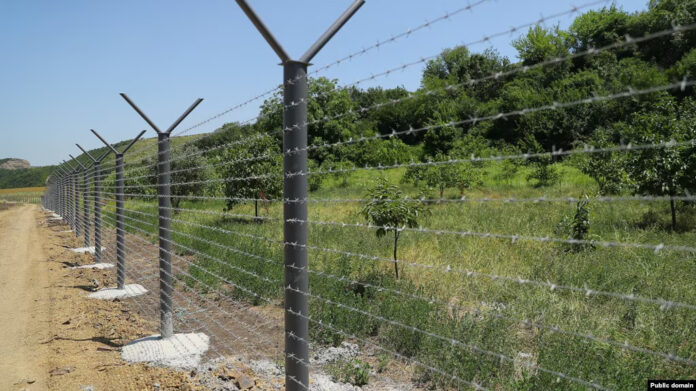By Artak Khulian published in The Armenian Mirror-Spectator
YEREVAN (Azatutyun) — The delimitation and demarcation of Armenia’s border with Azerbaijan will not necessarily be based on a 1991 declaration championed by Yerevan, according to a new agreement signed by the two countries on Friday, August 30, and publicized on Monday, September 2.
The agreement involves “regulations” for joint activities of their respective commissions dealing with the border delimitation process. It does not specify which maps, if any, will be used by the two sides. It only refers to the 1991 Alma-Ata Declaration in which Armenia, Azerbaijan and other newly independent republics recognized each other’s Soviet-era borders. The declaration does not contain detailed descriptions of those borders.
“If in the future the [separate] agreement on the establishment of peace and interstate relations between the Republic of Armenia and the Republic of Azerbaijan provides for other regulations, then this fundamental principle will be brought into conformity with the principles defined by the above- mentioned agreement,” reads the document released by the Armenian government.
The six other articles of the “regulations” are also short on specifics. One of them envisages the possibility of “optimizing” the heavily militarized frontier for humanitarian, cultural and economic reasons. According to Ruben Galichyan, a leading Armenian cartographer, this means two governments could “deviate” from Soviet maps to delineate at least some border sections.
Speaking at a weekend news conference, Prime Minister Nikol Pashinyan touted the agreed “regulations” as a “significant positive change of the situation.” He said Baku and Yerevan have yet to agree on which sections of the border will be delimited first and when. The publicized document also says nothing about that sequence.
It came more than four months after Pashinyan’s government controversially agreed to cede four disputed border areas to Baku. The unilateral land transfer sparked massive anti-government demonstrations in Yerevan in May and June.
The border areas handed over to Azerbaijan in May and June had been occupied by Armenian forces in 1991-1992. For its part, the Azerbaijani army occupied at the time large swathes of nearby land belonging to several villages in Armenia’s northern Tavush province. It has not withdrawn from that land in return for the Armenian concessions.
Azerbaijan has also refused to withdraw from Armenian border areas seized by its troops in 2021 and 2022. It has dismissed, at least until now, Armenian calls for using Soviet military maps drawn in the 1970s as a basis for the border delimitation.
Pashinyan’s domestic critics believe that Baku has no intention to withdraw from any Armenian territory. The prime minister himself has not clearly answered questions about the chances of such a withdrawal.












